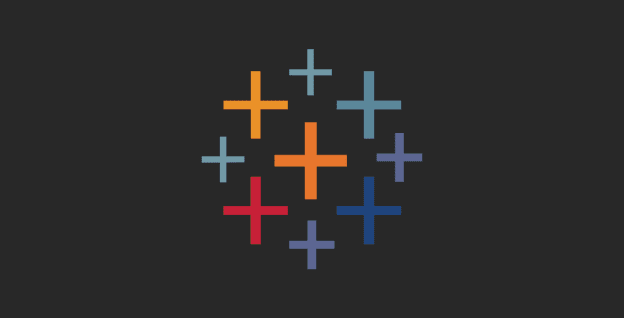8 hours of instruction
This course is designed for students looking to deepen their understanding of creating visualizations and interpreting data in Tableau. Students discuss how Tableau aggregates data and then practice visualizing data using complex calculations. By the end of the course, students will be able to incorporate Tableau’s auto- generated fields in their visualizations, gauge users’ needs when developing Tableau-based products.
OBJECTIVES
- Recognize how Tableau treats data of certain types in visualizations and calculations
- Construct calculated fields using both constants and variable parameters
- Create table and level of detail (LOD) calculations
- Identify user needs when designing visualizations
PREREQUISITES
Students must be comfortable using Tableau to read in and create basic visualizations based on data. Experience merging datasets and writing basic functions is recommended.
SYLLABUS & TOPICS COVERED
- Visual design best practices
- Introduce data visualization
- Discuss chart types by data
- Discuss chart types by form
- Highlight visual building blocks
- Introduce color theory and best practices
- Tableau data features
- Identify key components of Tableau’s UI
- Describe the difference between Measure Values and Measure Names
- Practice substituting auto-generated fields in visualizations
- Continuous and discrete data
- Recognize how Tableau treats different data types
- Join tables using smart Relationships
- Compare how Tableau joins dimensions and measures
- Calculated fields and functions
- Define calculated fields in Tableau
- Adding calculated fields to views
- Update views using parameters
- Create parameters as dynamic measures or dimensions
- Complex calculated fields
- Define the structure of table calculations
- Implement table calculations
- Analyzing level of detail (LOD) expressions
- Calculating at a specific aggregation level
- eDetermine function order or operations
- Designing dashboards
- Replicate a visualization using complex LOD calculations
- Align user needs to visualization and dashboard design
- Discuss methods for assessing dashboard usability
- Assess examples of Tableau dashboards
- Interactive dashboards
- Using the filter action
- Using the highlight action
- Embedding external links
- Create buttons and tooltips
- Draw inspiration from the Tableau Public community of users
- Tableau storytelling
- Identify data story features in Tableau
- Describe best practices in data storytelling
- Plan the transition from exploratory data analysis (EDA) to storytelling
- Create a data story in Tableau
SOFTWARE REQUIREMENTS
Learners will need to provide their own licensed version of Tableau Desktop, at least version 2020.02.

